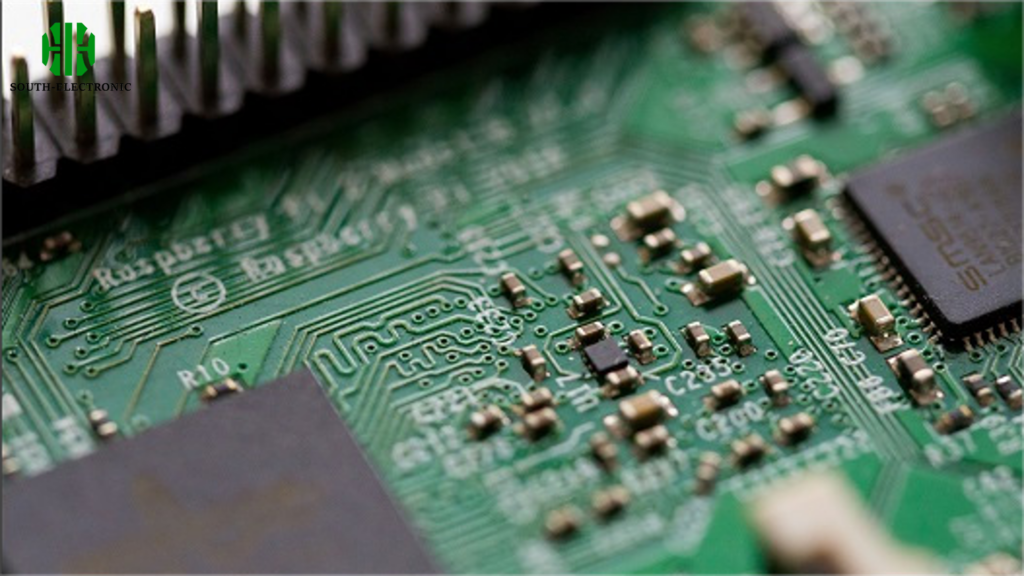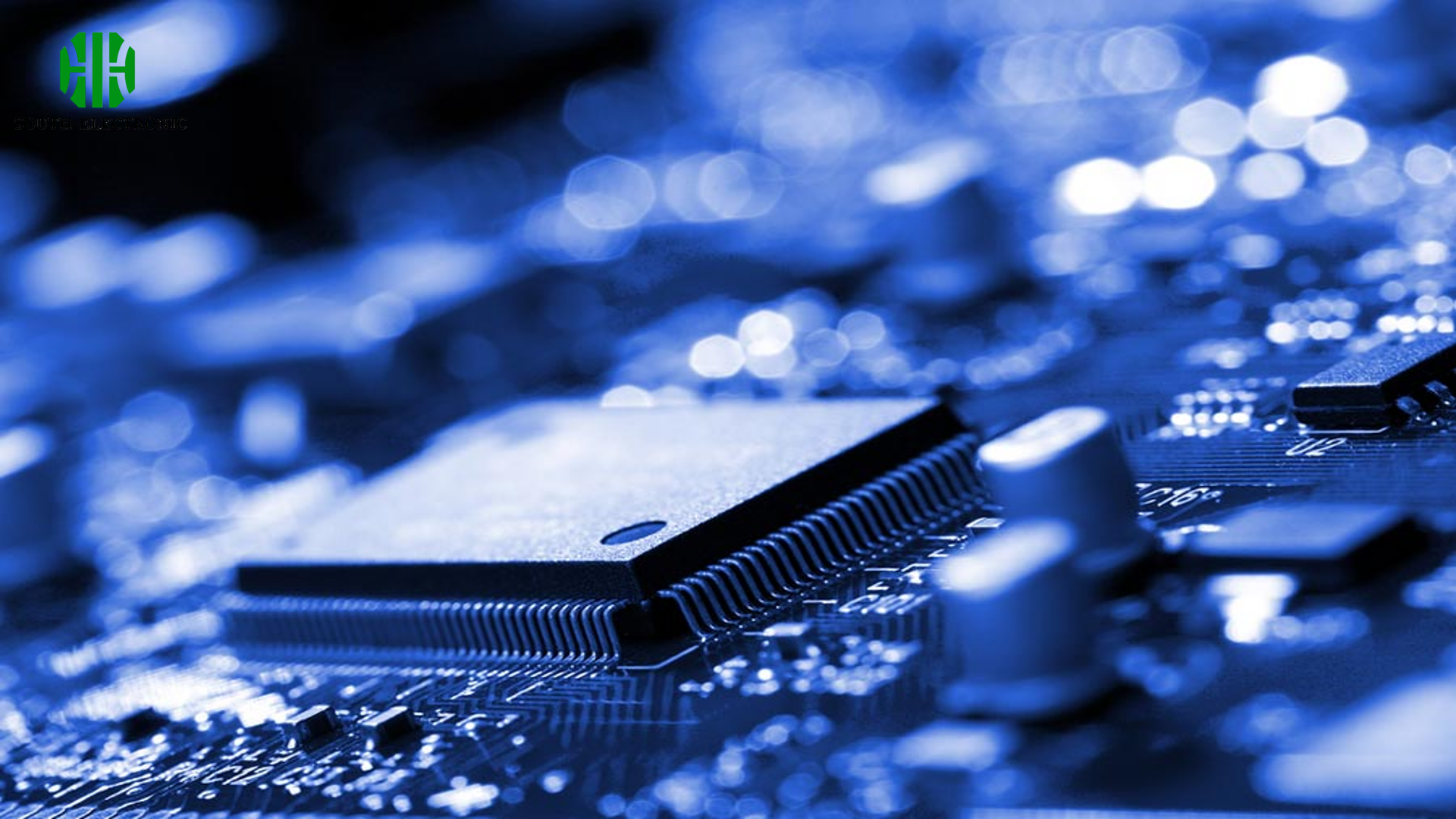Introduction
In the intricate world of electronic design, the synergy between components defines the success of the end product. Multilayer Ceramic Capacitors (MLCCs), renowned for their compact structure and high capacitance, are critical in the architecture of Printed Circuit Boards (PCBs).
PCB Design's Influence on MLCCs
These capacitors, though diminutive, pack a significant punch. Comprising numerous layers of ceramic and metal, they epitomize efficiency in a small package. MLCCs are essential in smoothing voltage fluctuations, filtering electrical noise, and providing stable currents in a variety of electronic devices. The effectiveness of MLCCs is shaped by factors like ambient temperature, electrical load, and mechanical strain.
The configuration of a PCB can profoundly impact the performance of MLCCs. The arrangement of these capacitors, alongside the layout of the electrical pathways, and the overall design of the board, play pivotal roles in the capacitors' electrical behavior and lifespan. For example, placing an MLCC too close to a heat source can cause thermal stress, while a poorly planned electrical path might lead to ineffective voltage regulation.

PCB Design Considerations
The choice of materials in PCB design can significantly affect MLCC performance. High-quality materials ensure better conductivity, less thermal resistance, and more robust physical properties, all of which contribute to the longevity and reliability of MLCCs. Selecting the right materials for both the PCB and the capacitors is a nuanced process that requires deep technical knowledge and foresight.
Properly balancing the electrical loads across a PCB is vital for the optimal functioning of MLCCs. This involves a detailed understanding of the circuit's power requirements and the careful distribution of power-hungry components. Ensuring that MLCCs are not subjected to excessive voltage or current is critical in preventing premature failure and maintaining the integrity of the circuit.
The capacitor is placed in a direction parallel to the bending direction of the PCB and away from the large deformation position of the PCB. Avoid stressing the capacitor on the long side
Controlling temperature is a critical aspect of PCB design, especially for temperature-sensitive components like MLCCs. Ensuring that these capacitors operate within their ideal temperature range involves strategic placement away from high-heat components and designing pathways for effective heat dissipation. This not only protects the MLCCs but also contributes to the overall stability of the electronic device.
MLCCs play a crucial role in filtering out electrical noise, a task heavily dependent on the PCB’s design. The layout must include well-thought-out grounding and capacitor placement strategies to maximize noise reduction. This involves not just positioning MLCCs at critical points but also ensuring that the board's design supports effective noise filtration, thus enhancing the device's performance and user experience.

Challenges and Innovations in Miniaturization
The trend towards smaller electronic devices presents unique challenges in PCB design. With limited real estate, every millimeter counts, and the placement of MLCCs becomes a task of precision engineering. This miniaturization drive demands innovative solutions to ensure that MLCCs perform optimally in increasingly confined spaces. Designers must creatively use every available space, often employing cutting-edge techniques to keep MLCCs functional in compact environments.
Conclusion
The intricate dance between PCB design and MLCC performance is a testament to the complexities of modern electronics. A well-conceived PCB layout can dramatically enhance the effectiveness and lifespan of MLCCs, thereby elevating the overall performance of the device. As we advance technologically, the importance of mastering this relationship becomes ever more critical. Achieving this mastery involves a blend of careful design, understanding thermal dynamics, optimizing noise reduction, addressing the challenges of miniaturization, balancing electrical loads, and choosing the right materials. Through diligent planning and innovative design, the full potential of MLCCs in PCBs can be harnessed, ensuring their continued significance in the electronics sector.


